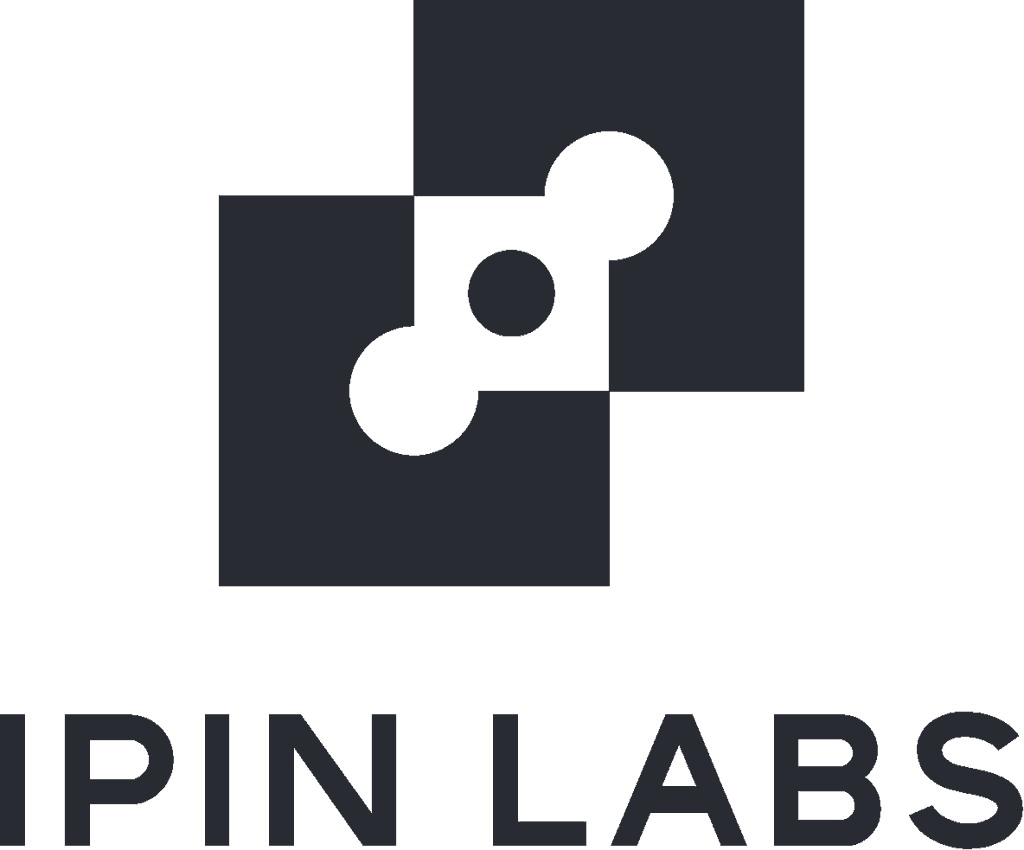Insight
Smart Building RTLS – The Future of Precise Location Tracking
Jun 9, 2025
Smart Buildings and RTLS
Smart buildings are intelligent structures that automate building operations using IoT and AI technologies. Beginning with building automation systems in the 1980s, smart buildings have evolved into integrated platforms focused on energy efficiency and convenience. RTLS (Real-Time Location System) is a key technology within these buildings.
RTLS utilizes technologies such as Wi-Fi and BLE to track the locations of people and assets in real time, especially in indoor environments where GPS signals are limited. Along with identifying locations, RTLS supports path analysis and space optimization.
As modern buildings become increasingly diverse and complex, real-time positioning has become essential for effective space management, emergency response, and improved security. Reflecting this demand, the global RTLS market is expected to grow annually by more than 20%, reaching $10 billion by 2028, with the fastest growth projected in the Asia-Pacific region.
Key Element of Indoor Location Tracking Solutions: AI-Based Automatic Floor Recognition

In high-rise buildings or complex facilities, accurate floor identification is a key element of indoor location tracking. The same horizontal position can represent completely different spaces depending on the floor level. IPIN LABS’ AI location-tracking technology learns unique RF signal characteristics on each floor, calculating both floor and positional information simultaneously. This provides continuous, real-time tracking of an object’s precise indoor location, helping to deliver accurate services.

Moreover, IPIN LABS’ RTLS solution includes integrated indoor-outdoor tracking technology. The AI automatically switches between GPS-based outdoor tracking and indoor RF signal tracking, ensuring uninterrupted location tracking as users move between indoor and outdoor areas. Precise location tracking provided by specialized AI based on spatial structures enables intelligent services appropriate for smart buildings.
All these processes rely on an AI-generated digital twin that can be created within 24 hours. The most innovative aspect is the simplification achieved through self-supervised deep learning algorithms. Unlike other solutions, this method does not require complicated presets or data labeling. This allows rapid adaptation to continuously changing smart-building environments and maintains up-to-date spatial information.
<Recommended Articles>
Key Application Areas of Smart Building RTLS
Built upon these technological foundations, Smart Building RTLS offers integrated and intelligent management solutions by connecting basic location positioning with various existing building management systems, including BMS, ERP, and security systems.
Asset Management Innovation:
Reduces asset search times by over 90% for hundreds of items, including cleaning equipment and meeting-room facilities
Prevents annual losses totaling hundreds of millions of won caused by misplaced high-value assets like wheelchairs and medical equipment
Improves operational efficiency by repositioning equipment based on analysis of asset movement patterns
Enhanced Security Management:
Establishes a multi-layered security system integrated with existing card-key systems
Provides real-time alerts and immediate responses for unauthorized access to confidential areas
Identifies the locations of all individuals during emergencies and guides them through optimal evacuation routes
Manages restricted-access areas effectively, such as those demonstrated at semiconductor factories like SK hynix
Optimized Energy Management:
Reduces energy usage by 20-30% through automated lighting and HVAC control based on real-time occupancy data
Improves space utilization through analysis of actual meeting-room usage data
Determines optimal cafeteria and rest-area locations by analyzing employee movement patterns
Future Outlook of Smart Building RTLS

Although RTLS technology is currently used primarily within individual buildings, in the future, it will expand beyond buildings into entire cities. A new era is approaching in which movement data between buildings naturally integrates with transportation systems, enabling smart-city control centers to monitor citywide population distributions and activity patterns in real time.
As digital transformation accelerates, innovative services such as immersive navigation with AR/VR, real-time collaboration with robots, and autonomous driving carts are increasingly becoming part of everyday life. Combined with big data and AI analytics, predictive management systems are also developing, allowing AI to learn from past data, predict future conditions, and proactively manage environments.
With carbon neutrality and ESG management becoming essential strategies for corporate survival, RTLS has emerged as a critical tool for sustainable building operations. Initially starting as a simple location-positioning technology, RTLS has grown into an integrated solution that covers asset management, security, and energy efficiency. Moving forward, RTLS will form the core of advanced smart building management systems. AI-based location positioning technologies from innovative companies such as IPIN LABS provide accurate and efficient solutions even within complex urban environments, bringing us closer to achieving the smart cities we aim to create.
<Recommended Articles>
Did you find this article useful?
Don't hesitate to reach out for personalized assistance.
We'd love to hear from you.


